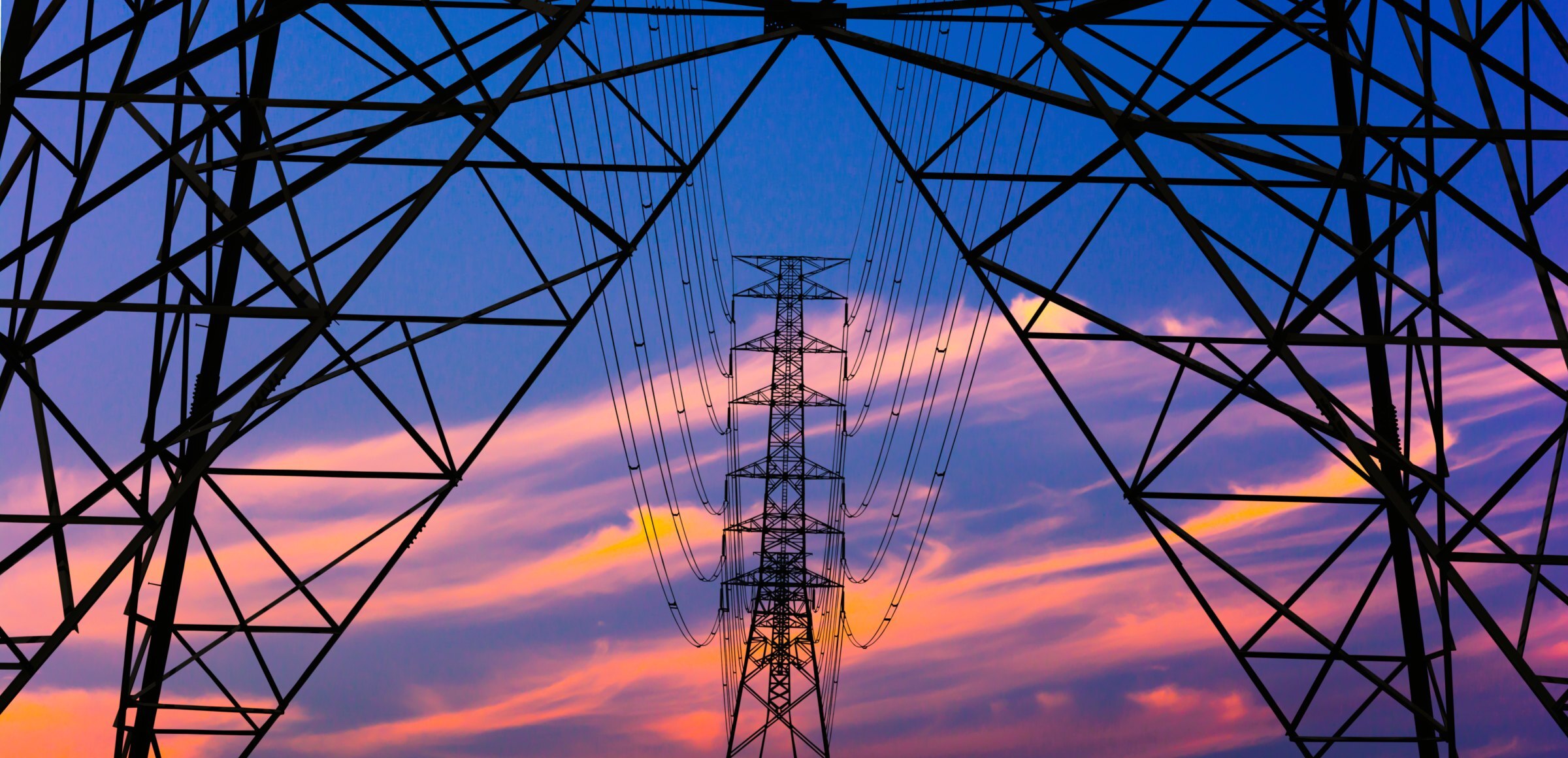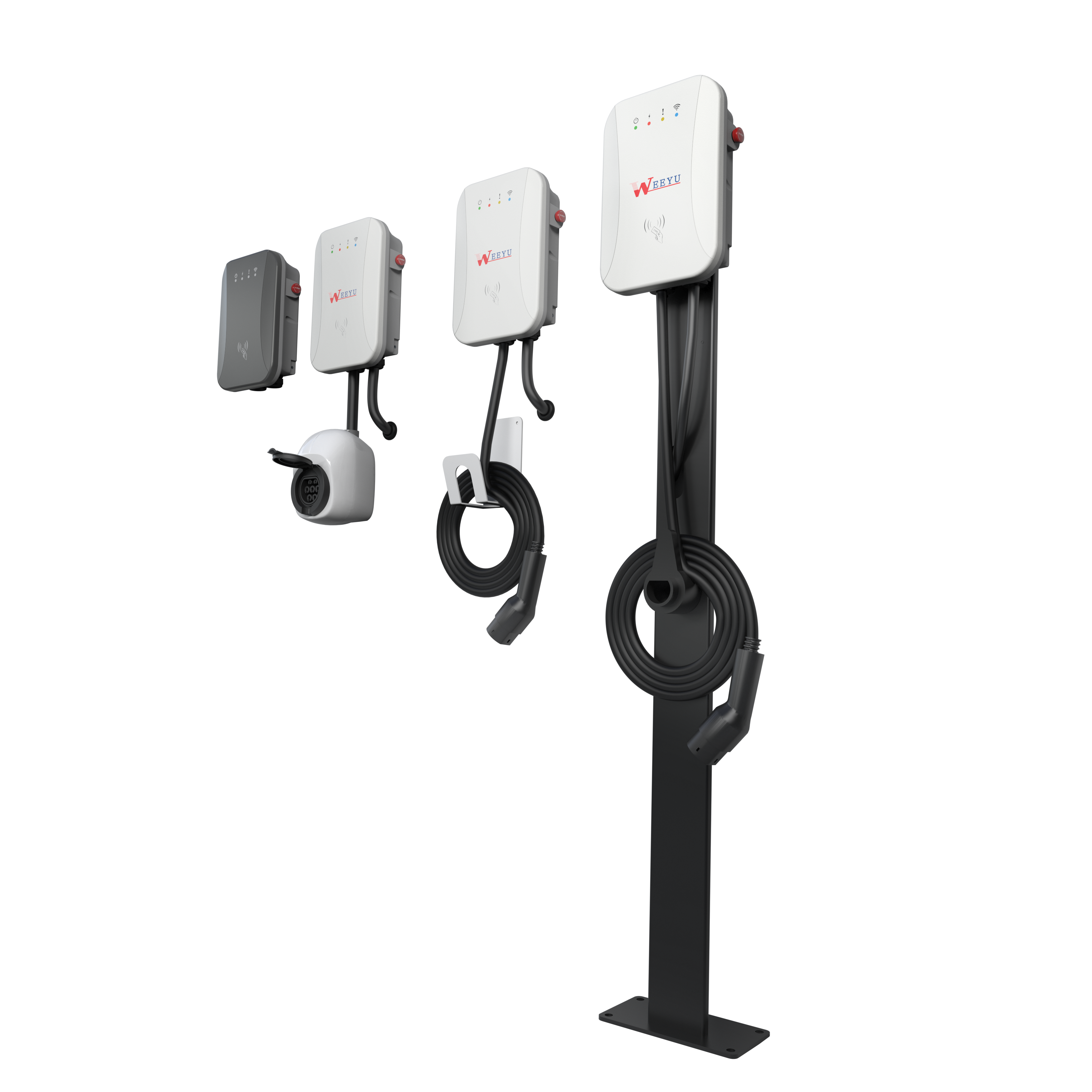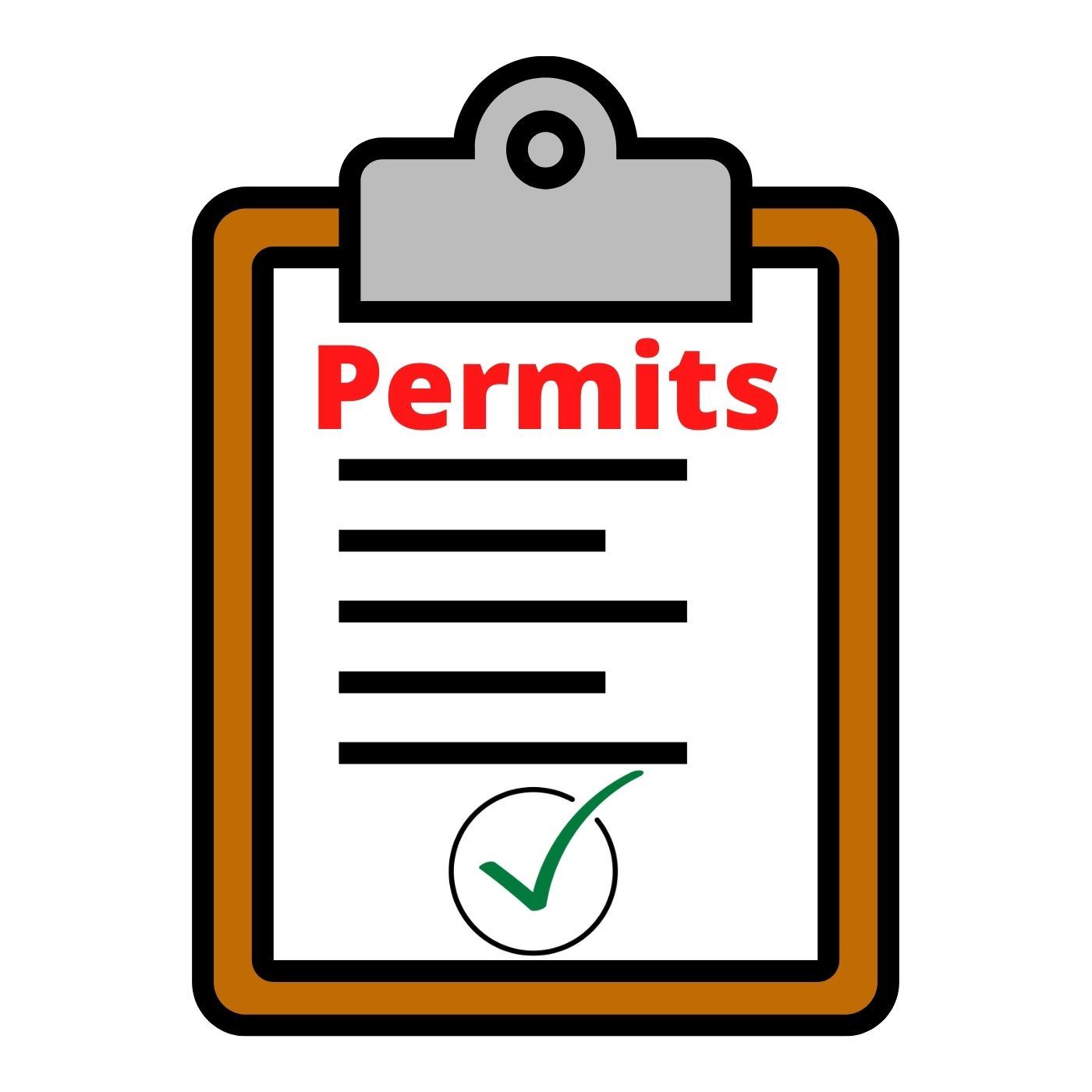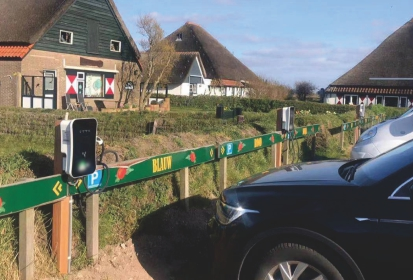Introduction:
Electric vehicles (EVs) are becoming increasingly popular around the world, and as more people switch to electric cars, there is a growing demand for EV charging stations. Installing an EV charging station at your business or home is a great way to attract EV drivers and provide them with a convenient and reliable charging solution. However, installing an EV charging station can be a complex and time-consuming process, especially if you are not familiar with the technical aspects of electrical wiring and equipment installation. In this guide, we will provide a step-by-step process for installing an EV charging station, including information on the equipment needed, safety requirements, and necessary permits.
Step 1: Determine Your Power Needs
Before you can start installing an EV charging station, you need to determine your power needs. The power output of the charging station you choose will depend on the type of EV you plan to charge and the charging speed you want to offer. Level 1 charging uses a standard 120V outlet and is the slowest charging option, while Level 2 charging requires a 240V circuit and can charge a typical EV in 4-8 hours. DC fast charging, also known as Level 3 charging, is the fastest charging option and requires a specialized charging station that can deliver up to 480V.
Once you have determined the type of charging you want to offer, you need to make sure that your electrical system can handle the load. You may need to upgrade your electrical panel and wiring to accommodate the higher power demand of a Level 2 or Level 3 charging station. It is recommended that you hire a licensed electrician to evaluate your electrical system and determine the necessary upgrades.
Step 2: Choose Your EV Charging Station
After determining your power needs, you can choose the EV charging station that best suits your needs. There are several types of charging stations available on the market, ranging from basic Level 1 charger to advanced Level 3 DC fast chargers. When choosing an EV charging station, consider the following factors:
Charging speed: Different charging stations offer different charging speeds. If you want to offer fast charging, you will need a Level 3 charging station.
Connector type: Different EVs use different connector types, so make sure to choose a charging station that is compatible with the EVs you plan to serve.
Network connectivity: Some charging stations offer network connectivity, allowing you to monitor usage and perform remote updates and diagnostics.
Cost: EV charging stations vary in price, so consider your budget when choosing a charging station.
Step 3: Obtain the Necessary Permits
Before installing an EV charging station, you may need to obtain permits from your local government or utility company. Permit requirements vary by location, so check with your local authorities to determine what permits are needed. In general, you will need a permit for any electrical work that involves running wires or installing new equipment.
Step 4: Prepare Your Site
Once you have obtained any necessary permits, you can begin preparing your site for the installation. This may involve excavating the area where the charging station will be installed, running conduit to the electrical panel, and installing a new circuit breaker. It is important to ensure that the area where the charging station will be installed is level, well-drained, and free of any obstacles.
Step 5: Install the EV Charging Station
After preparing your site, you can begin installing the EV charging station. Follow the manufacturer’s instructions carefully to ensure that the charging station is installed correctly. This may involve connecting the charging station to the electrical panel, mounting the charging station on a pedestal or wall, and running conduit and wiring to the charging station. If you are not familiar with electrical wiring and equipment installation, it is recommended that you hire a licensed electrician to install the charging station.
Step 6: Test the Charging Station
After the EV charging station is installed, it is important to test it before opening it up to the public. Connect an EV to the charging station and make sure that it is charging properly. Test the charging station with several different EV models to ensure that it is compatible with all of the EVs that you plan to serve. It is also a good idea to test the network connectivity, if applicable, to ensure that you can monitor usage and perform remote updates and diagnostics.
Step 7: Maintenance and Upkeep
Once your EV charging station is up and running, it is important to perform regular maintenance and upkeep to ensure that it remains in good working order. This may include cleaning the charging station, inspecting the wiring and connections, and testing the functionality of the charging station. You should also periodically check for any software updates or firmware upgrades that may be available.
Conclusion:
Installing an EV charging station can be a complex process, but it is an important step in providing EV drivers with a convenient and reliable charging solution. By following these steps, you can ensure that your EV charging station is installed safely and correctly and that it meets the needs of your customers. If you are not familiar with electrical wiring and equipment installation, it is recommended that you hire a licensed electrician to assist you with the installation process. With the growing popularity of electric vehicles, installing an EV charging station is a smart investment that can benefit both your business and the environment.
Post time: Apr-11-2023





1.jpg)



